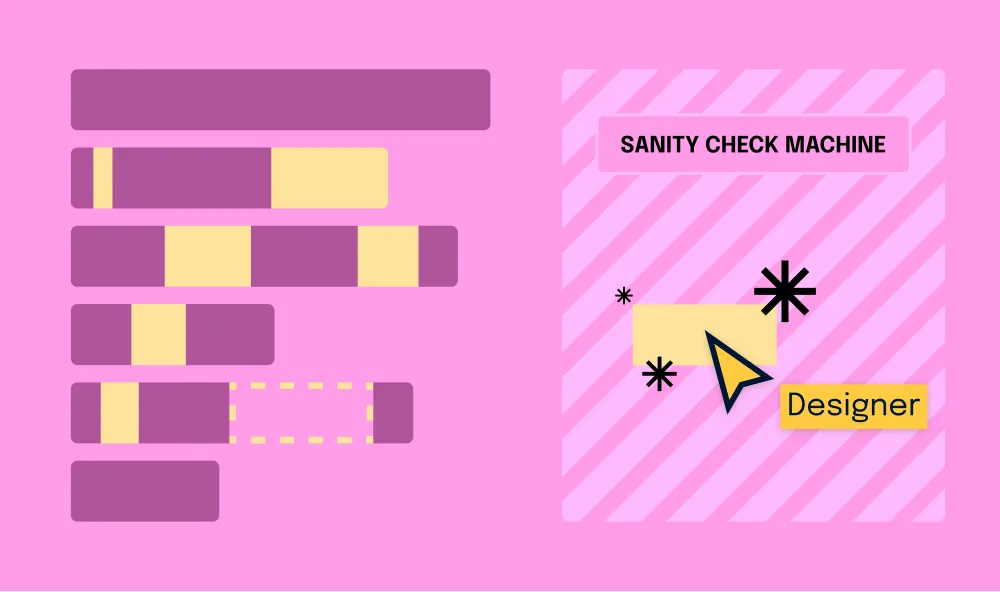- Accessibility, Digital Accessibility, Human-Centered Design, Inclusive Design, User Experience
Accessibility isn’t just about compliance — it’s about inclusion. A deaf developer shares what UX designers need to know to create better experiences.
Article by Tamara Sredojevic
Designing for Deaf Users
- The article talks about a deaf developer who shares insights on digital barriers, assistive tech, and inclusive design.
- It presents a candid conversation on UX challenges, assistive technology, and advocating for better accessibility.
- The piece dives into the challenges and solutions for creating truly accessible experiences.
Share:Designing for Deaf Users
Share this link
- February 11, 2025
11 min read







